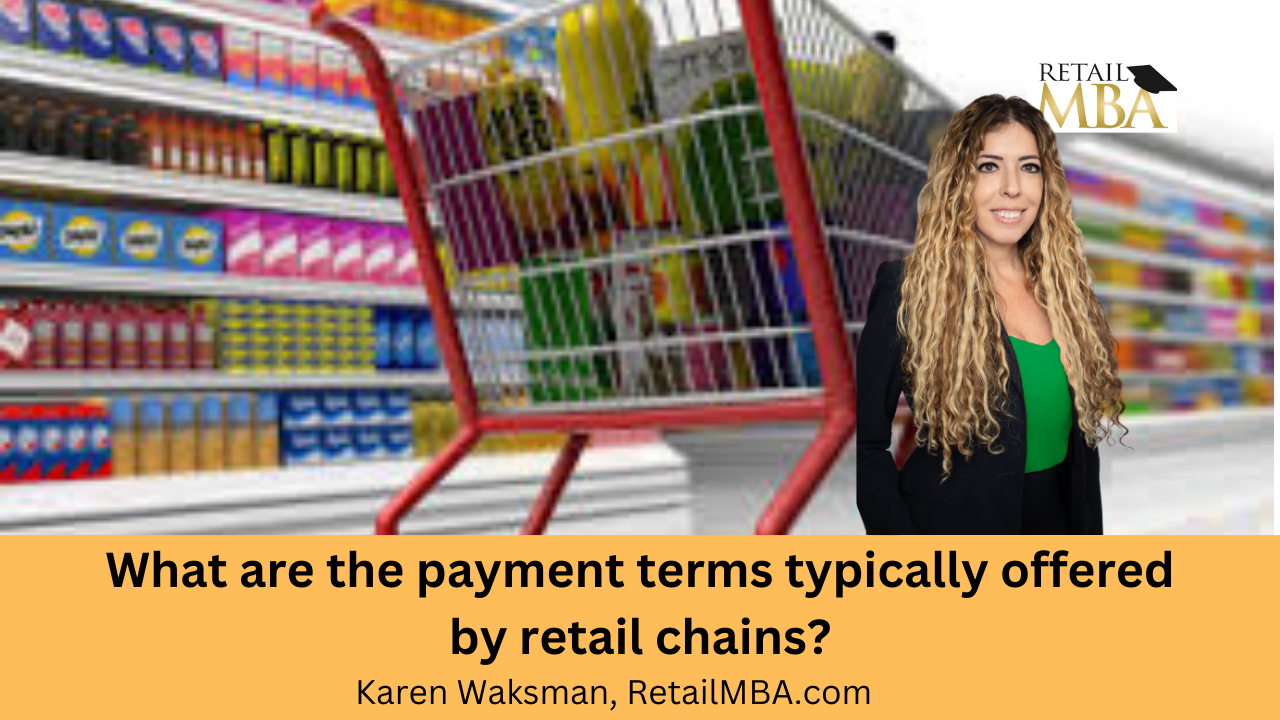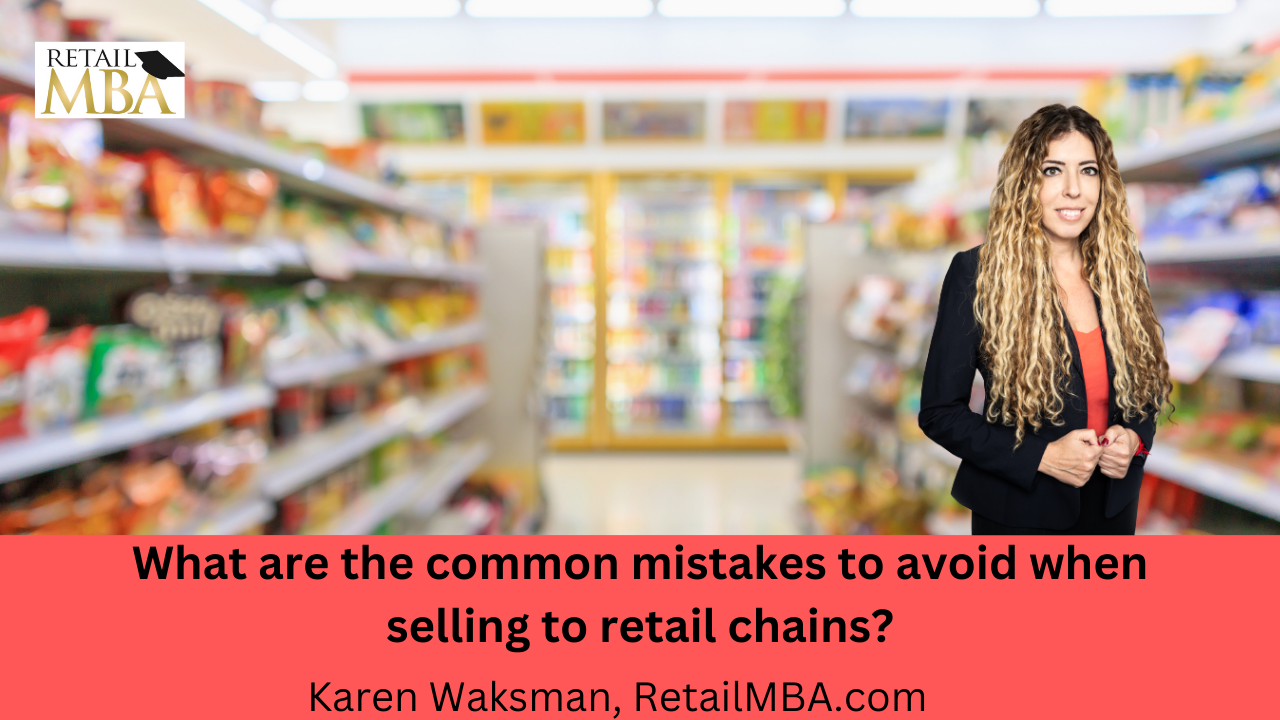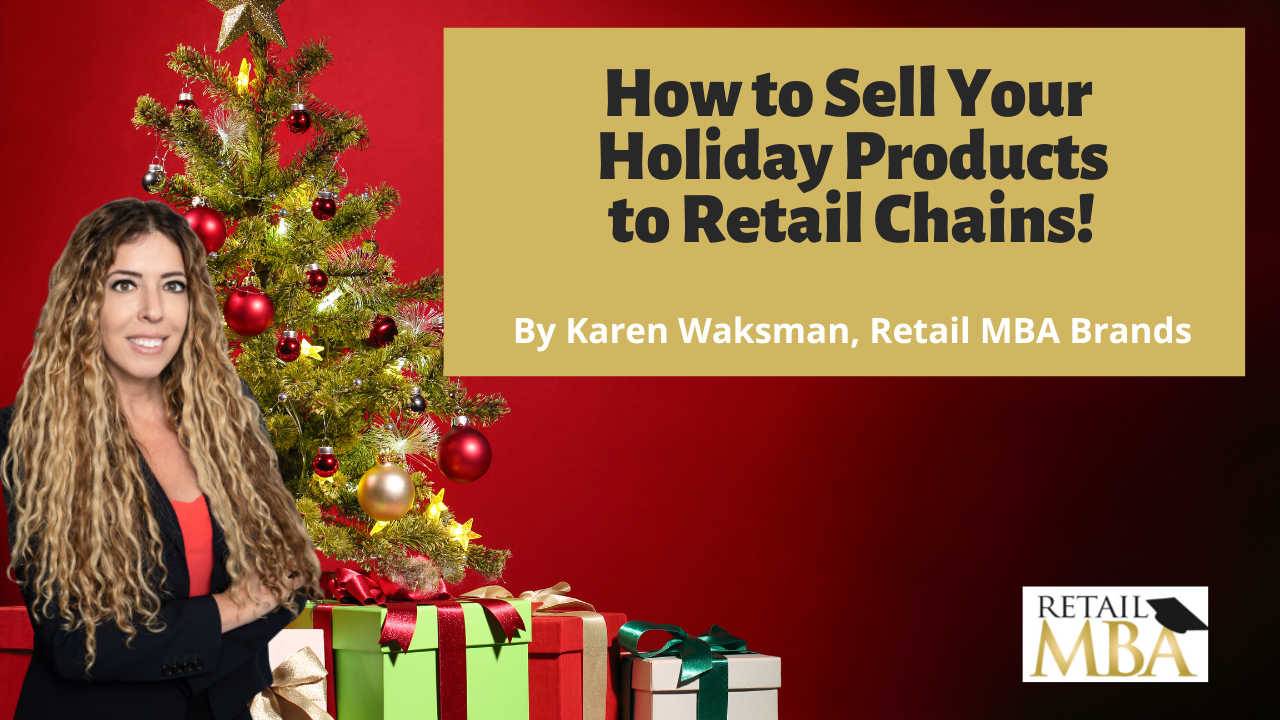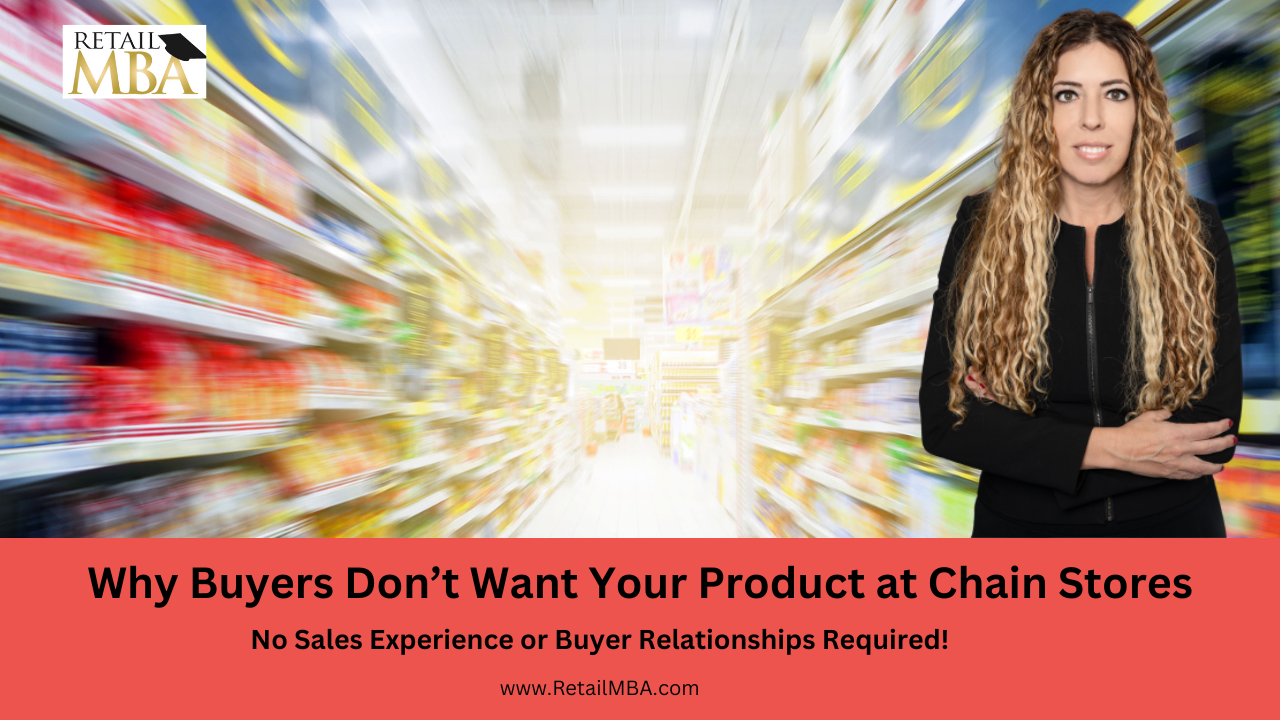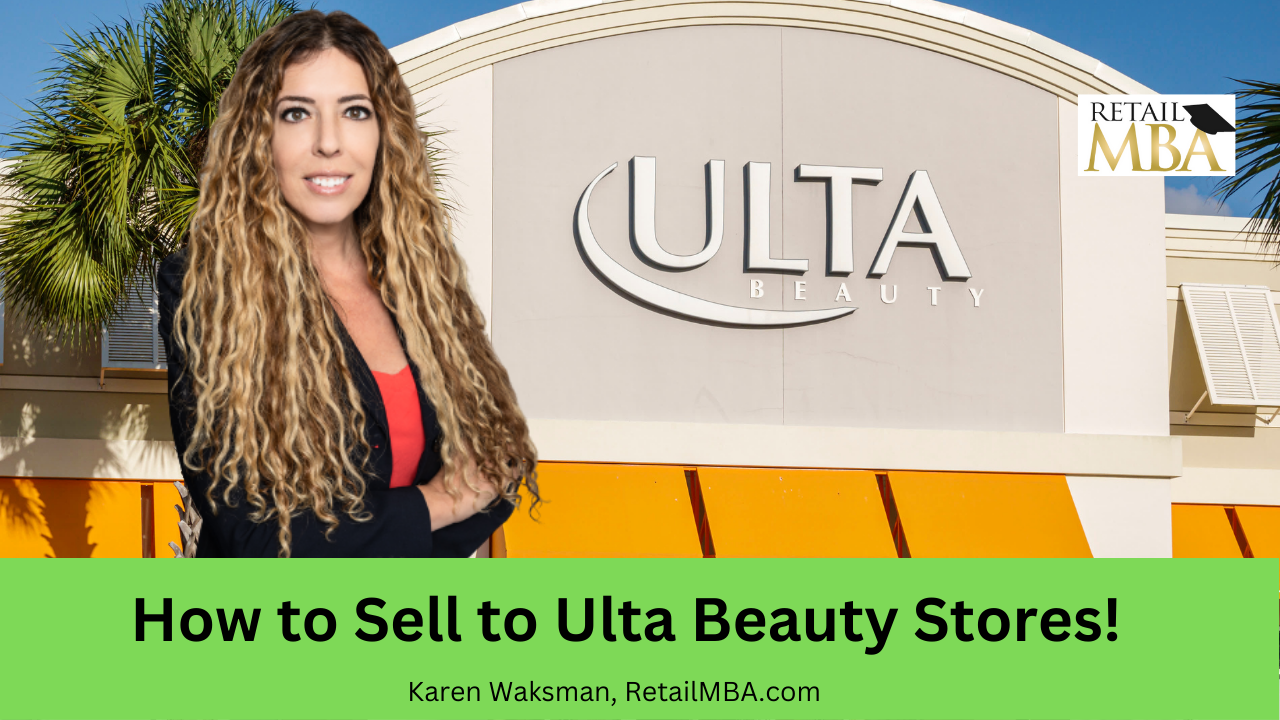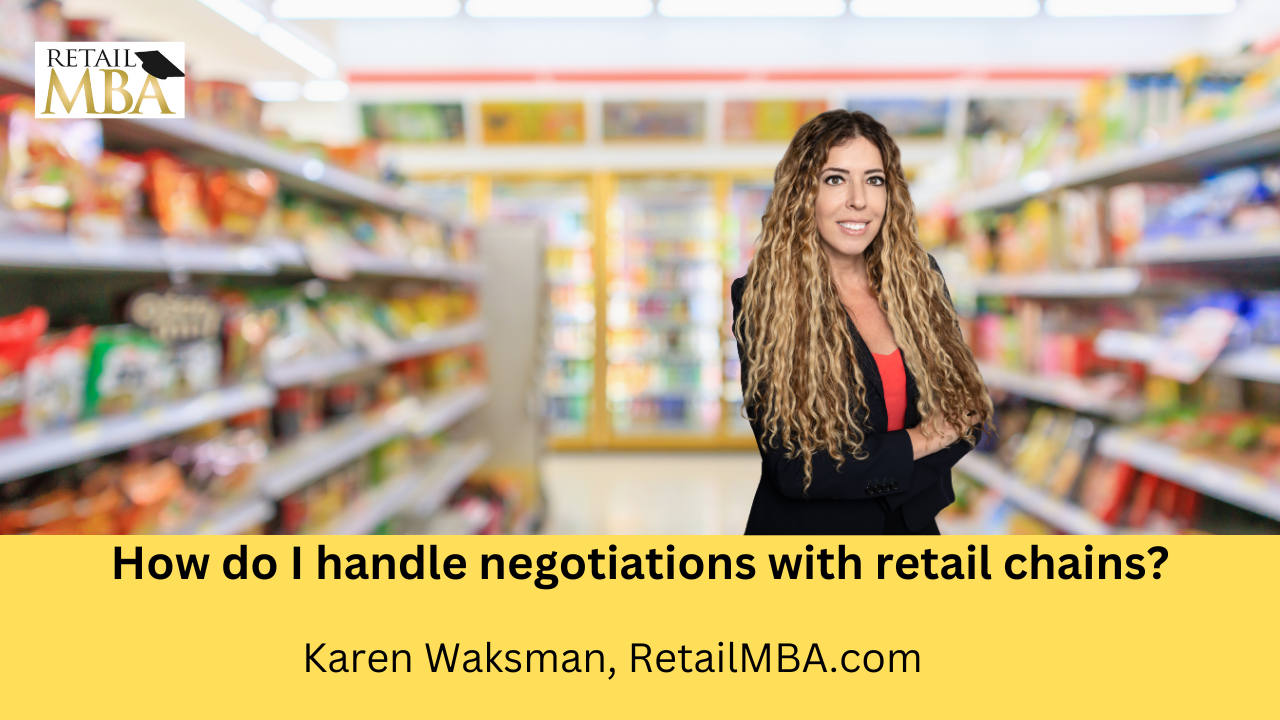How to Approach Retail Stores to Sell Your Product
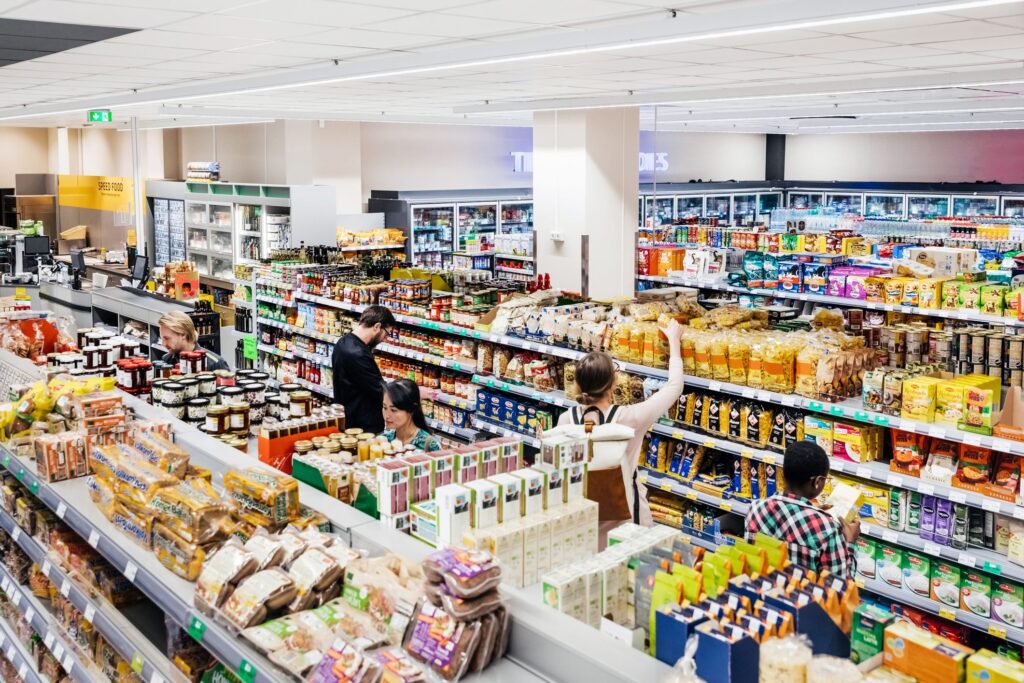
How to Approach Retail Stores to Sell Your Product
Retail stores can be an effective way to market your product, yet getting it into them may prove challenging. One approach might be approaching local retailers.
Make sure to present precise analytical data during your presentation, so as to leave a favorable impression with the buyer. This will create an opportunity for success!
Identify the store’s target audience
Retailing your products can be a powerful way of expanding brand exposure. Before approaching any store, however, it’s essential that you identify their target audience and learn their values – this will allow you to determine how your product can help them. You can do this by studying demographics, sales numbers and conducting customer surveys of current customers.
Recognizing a store’s target audience will give you insight into which marketing campaigns they would prefer for your product and will enable you to tailor your pitch exactly according to their needs – increasing the odds that it sells!
To convince retail stores of your product, it is imperative that you present solid analytical data. Displaying sales numbers, demographic info and competition details will undoubtedly pique their interest and ensure they accept your offer without hesitation.
Next, prepare a sales sheet containing product information and images of your product. Contact the buyer via telephone or email and request an in-person meeting with them, introduce yourself and describe why your product might fit well into their store.
Before trying to sell your products in large box stores, local retailers may be the better choice. Buyers from these smaller businesses are more likely to accept products made by smaller companies than large box stores would be. Furthermore, selling via smaller stores may prove less costly and increase product popularity and demand – leading to greater profits overall.
Know the store’s inventory requirements
Once you have met with a retail store for the initial consultation meeting, it is crucial to assess their expectations regarding annual item sales. By using sales data from other retailers as a basis for calculating “product sold per square foot” (Psq Ft), you can utilize it for order planning purposes.
Prepare a sales sheet which clearly outlines your wholesale and retail prices, dimensions, key details such as product photos in different settings as well as wholesale/retail SKU numbers/UPC codes; additionally if your item comes packaged in a box you could also include images to provide retail stores an idea of how it might appear on their shelves.
Retail stores can be particularly scrutinous of new products, so they need to trust your capabilities and production quality. A small sample of your product would do wonders; new producers should bring samples of previous work as this can give retailers an understanding of what services you can deliver as well as feedback from past clients on what their experiences were like with your products.
Acquiring retail shelves can increase brand visibility and sales; however, this process requires some time and effort on your part. When approaching either local stores or large chains with your product pitch, knowing how best to pitch it for maximum results should be your goal.

Prepare a sales sheet
Sales sheets can be an effective tool in pitching your product to retailers. As one-page documents that outline its unique value proposition and contain contact info and other pertinent details, sales sheets should be professional yet eye-catching – yet simple with white space and blocky font for easy reading.
When creating a sales sheet, consider the problems your target customer faces and how your product or service can provide solutions. Perhaps your product addresses an industry issue or fulfils needs not met by other products – make sure your sales sheet highlights these benefits to draw customer interest and encourage conversions.
If you want your sales sheet to stand out, try including a call-to-action. This could include contact forms, emails, phone numbers or social media links that help track leads and follow up on potential prospects while building brand recognition and credibility in the market.
Consider including images to help buyers imagine your product in real life settings. High-quality and professional shots will capture buyer’s attention and increase your chance of conversion.
Once your sales sheet is written, have another person review it to look for typos, mismatched images or inconsistencies in its layout and content. This will ensure it is both clear and engaging to readers. Alternatively, share responsive links of your sales sheets as responsive links – especially useful if pitching to multiple stores at once; though this method can save both money and time while being convenient enough that meeting in person.
Know the store’s marketing strategy
Integration into retail stores is critical to business expansion. No matter if yours is an independent brand or major corporation, retail locations provide an incredible opportunity to reach new customers and expand your customer base. You have two primary strategies for doing this – find businesses to sell your products or open locations yourself; either way it is essential that the store’s marketing strategy aligns with that of your own product line.
If you are a small independent company, approaching local retailers first will allow you to show them your product directly while answering any inquiries they might have about it. Furthermore, building relationships with these stores will ultimately prove advantageous in the future.
Once you’ve located potential retailers, it’s time to prepare your pitch. Make sure that you provide them with relevant analytical data about your product – such as its popularity online and anticipated demand in their area – which should make it harder for them to reject your offering. Also be sure to locate their decision maker via LinkedIn and approach them directly for best results.
For large retail chains, additional research may be required. You should visit each store to observe traffic patterns, price points and competition in their area – this information will allow you to tailor your pitch specifically to each retailer’s needs. In addition, create a sell sheet which details USPs, suggested retail price and estimated demand of your product or service.
If you can’t meet with store owners personally, sending physical catalogs and promotional materials, using social media to create buzz around your product and generate hype about it in the community, hiring an eye-catching display manufacturer to create eye-catching displays which attract potential buyers can all help promote your product effectively.
Make a personal connection
Retail has been dramatically transformed by the pandemic, yet customers continue to seek personal connections – which are central to providing outstanding customer service. One effective way of creating these bonds is through creating genuine bonds with your customers and cultivating genuine trust between yourselves and them.
No matter if it’s in-store or online, all potential buyers should be treated in an approachable and friendly manner. Identify your target audience and understand their needs, which will enable you to tailor product features according to each person’s specifications. For instance, if you sell children’s bicycle helmets, for instance, parents looking for safety-first and top ratings products could be among your target market. Once you understand your market clearly enough, prepare a sales presentation including product demos as well as key messages regarding benefits offered by products – practice it several times beforehand for maximum effect!
Retail stores can be an invaluable way to build brand recognition and market your product or service. To maximize effectiveness, the key is finding retailers who align with your business values and brand priorities; ideally your retail partners should be located nearby your target customers with similar core beliefs as your company. It’s also beneficial for your retail partners to make customers feel relaxed and supported without being pushy; give customers enough time if they have questions about your product before being pushy with answers; allow customers to research it themselves.
Personal interactions increase sales. If a customer requests to return something, you can help by offering alternatives – for instance sending them something new to try or providing them with a gift card that they can redeem against future purchases.
Step-by-step training on how to sell to retail chains!
We explain exactly how to do that and how to get started today. I’ve taught over 100,000 of companies over the years across the globe on how to get your products to the stores. And so we’re here to support you. Or please subscribe to our Youtube channel and or be on the lookout for additional training that we create.
We are here to expedite the process of generating revenue with your physical products and that’s what we’re all about. Take a look at our advanced training, live events, certification programs and so much more.
In this training, I will discuss some of the things to think about when approaching a retailer to sell your products and become a vendor. Hope it helps! 🙂
Karen Waksman,
Retail MBA
Questions? Contact Us!
1-855-Retail-2 (Call or Text)
Email: info@retailmba.com
Retail MBA provides a step-by-step formula on How to Sell to Major Retailers, Online Retailers, Smaller Retailers, Catalogs and More. No Experience Required! These solutions continue to convert for clients year-over-year! These are Time-Tested and Proven Strategies that we utilize ourselves when going after stores! Everything we teach, we test. Want access to these formulas? ANY one of our programs and coaching systems gives you access to them now. With that said…
Here are 5 Easy Ways to Work with Us:
1) Free Training – If You Would Like to Join Our Next FREE Webinar Training Called “Retail Chain Store Secrets – How to Sell to Major Retail Chains. No Experience Required” Then Sign Up NOW To Learn All About Selling into Retail Chains By Clicking Here!
2) Retail MBA Year Long Coaching and Training System – Our Year Long Coaching and Training System with Karen Waksman is POWERFUL! This is our most popular training and coaching system! We walk you through how to approach, pitch and sell to retail chains and we coach you along the way! Join us by Clicking Here!
3) Masterclass Intensives – Want to Join our Next 4 Week Elite Retail MBA Masterclass Intensive? These Intensives Are EPIC for people who Love Fast Paced Learning – Homework, Retail Coaching, Developing Your Strategy, Buyers Contacts and More! These Events Are Held Every Quarter. Join us by Clicking Here!
4) Done-for-You Program – If You Want Karen Waksman and Her Team to Reach Out to Your Top Dream Retail Chains On Your Behalf – And You Have a Retail-Ready Product, Check Out our Epic Done-For-You Service by Clicking Here!
5) In Person Events – If You Want to Learn LIVE and Meet Karen Waksman in Person at Our Next “America’s Next Retail Product: LIVE Event with Other Like-Minded Individuals in Beautiful San Diego, CA! We Would LOVE to Have You Join Us by Clicking Here!
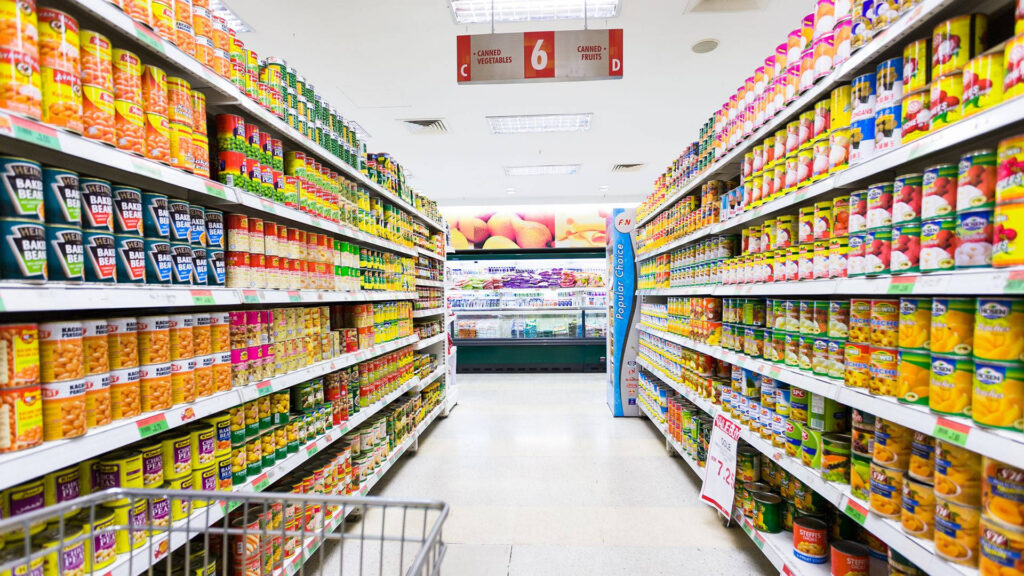
Check Out Our Additional Blog Posts Here:
Retail Terms
Retail Terms – What are the payment terms typically offered by retail chains? Click Here to Learn More!
Retail Vendor
Retail Vendor – What are the common mistakes to avoid when selling to retail chains? Click Here to Learn More!
How to Sell Your Holiday Products to Retail Chains
New Training on How to Sell Your Holiday Products to Retail Chains
Why Buyers Don’t Want Your Product at Retail
Why Buyers Don’t Want Your Product
Ulta Beauty Vendor
Ulta Beauty Vendor – How to Sell to Ulta Beauty Stores. Click Here to Learn More!
Retail Strategy
Retail Strategy – How do I handle negotiations with retail chains? Click Here to Learn More!

